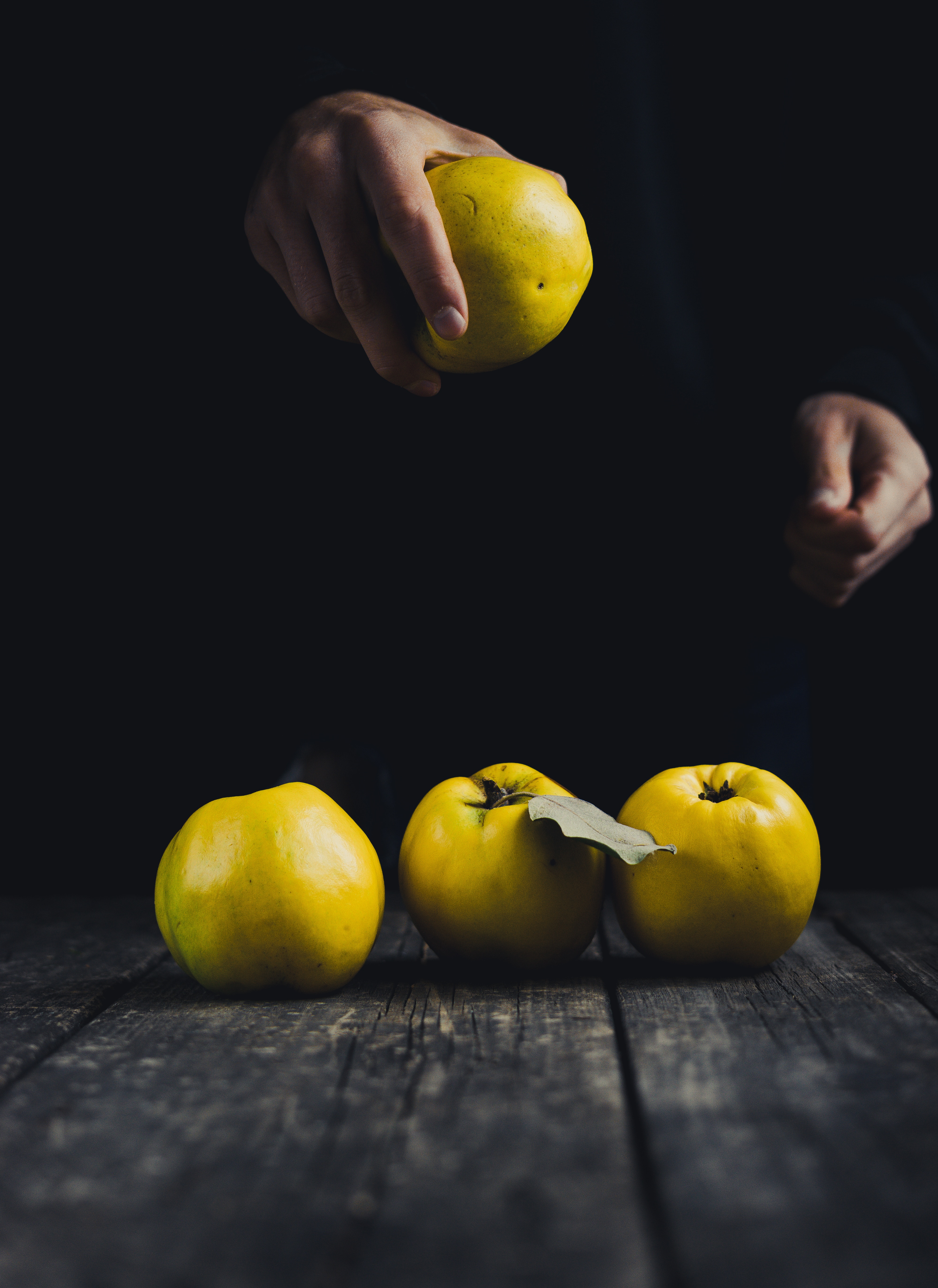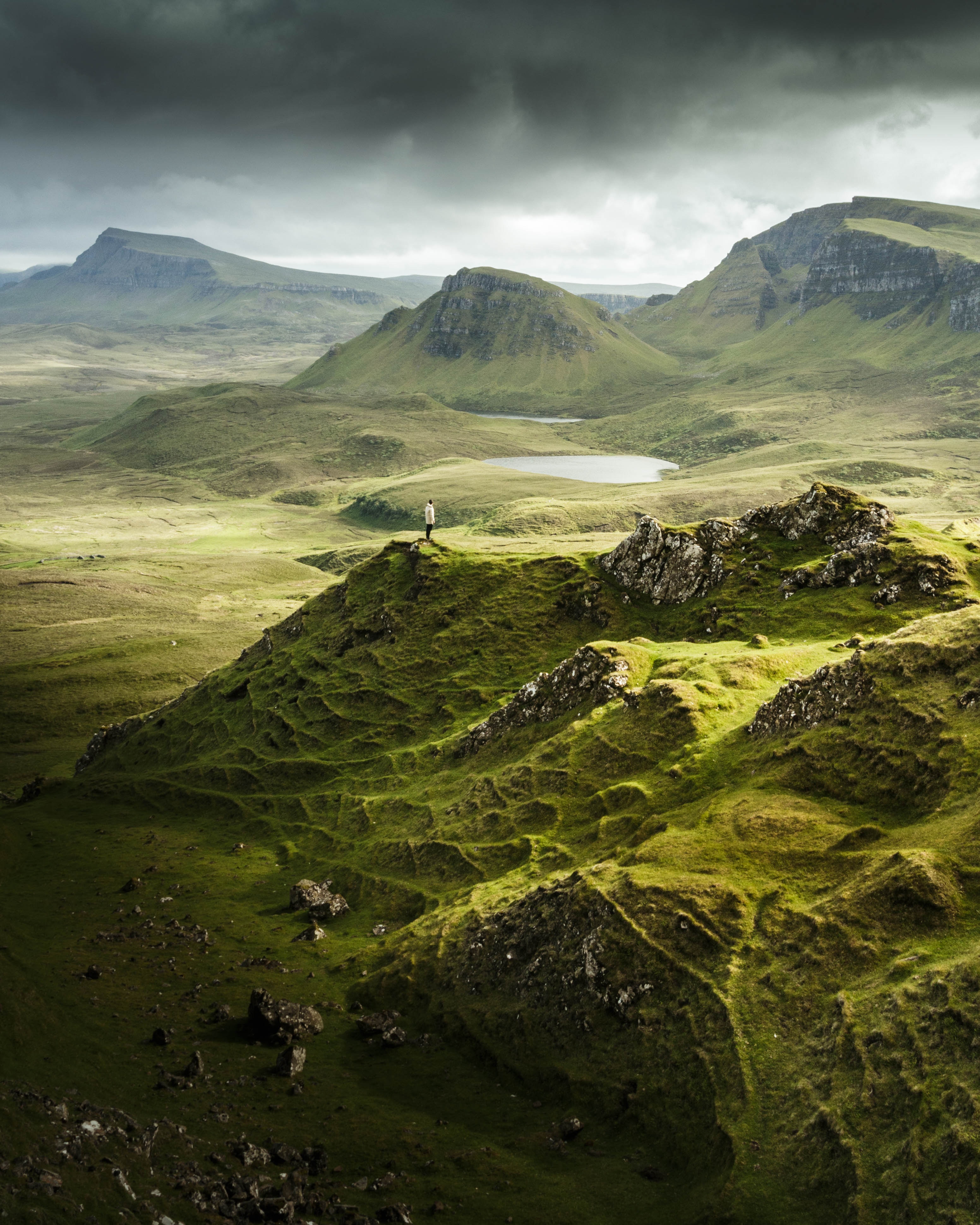Roasting coffee transforms the chemical and physical properties of green coffee beans into roasted coffee products. The roasting process is what produces the characteristic flavor of coffee by causing the green coffee beans to change in taste.
Unroasted beans contain similar if not higher levels of acids, protein, sugars, and caffeine as those that have been roasted, but lack the taste of roasted coffee beans due to the Maillard and other chemical reactions that occur during roasting.
The majority of coffee is roasted on a large scale, but small-scale roasting has grown with the trend toward specialty shops.
Equipment
The most common roasting machines are of two basic types: drum and hot-air, although there are others including packed-bed, tangential and centrifugal roasters. Roasters can operate in either batch or continuous modes. Home roasters are also available.

Drum machines consist of horizontal rotating drums that tumble the green coffee beans in a heated environment. The heat source can be supplied by natural gas, liquefied petroleum gas (LPG), electricity, or even wood. The most common employ indirectly heated drums where the heat source is under the drum. Direct-fired roasters are roasters in which a flame contacts the beans inside the drum; very few of these machines are still in operation.
The most common roasting machines are of two basic types: drum and hot-air, although there are others including packed-bed, tangential and centrifugal roasters.
Hot-air roasters force heated air through a screen or perforated plate under the coffee beans with sufficient force to lift the beans. Heat is transferred to the beans as they tumble and circulate within this fluidized bed. Some coffee roasters use names for the various degrees of roast, such as City Roast and French Roast, for the internal bean temperatures found during roasting.
-
Location
Paris, France -
Completed
2017 -
Client Name
Great Ideas






